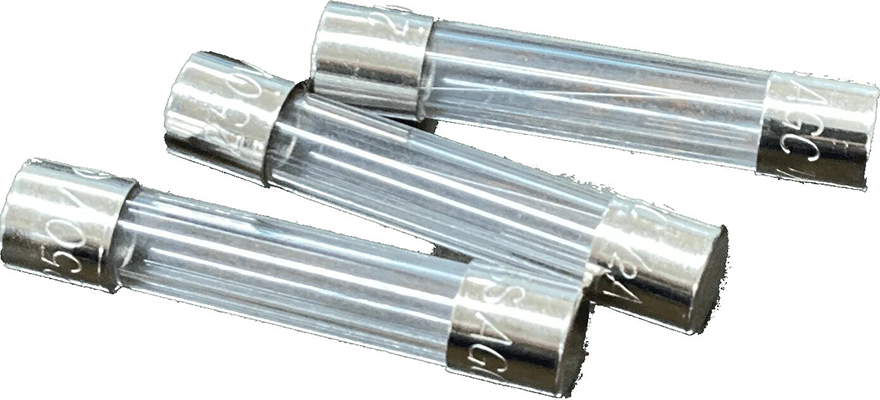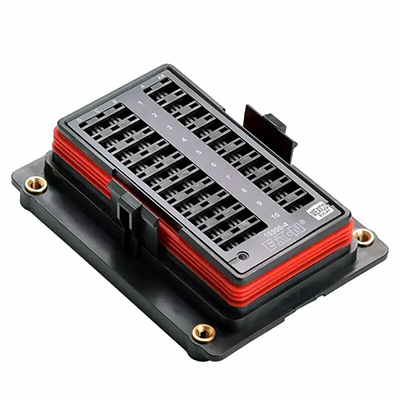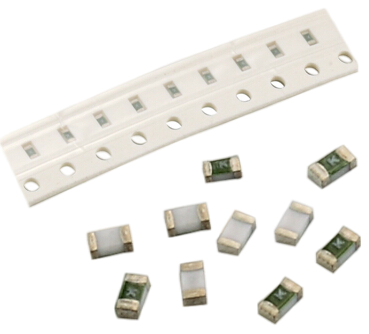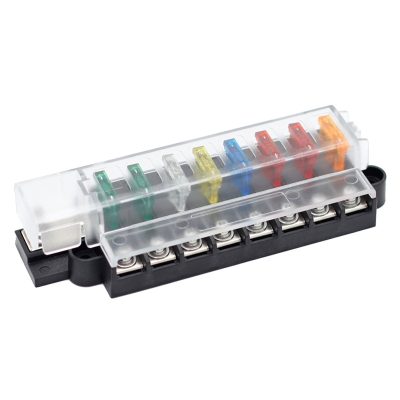The Role and Importance of 30A Glass Fuses in Automotive Circuit Protection
News 2025-10-27
The 30A glass fuse is a critical component in automotive electrical systems, designed to protect circuits from overcurrent and short circuits. These fuses feature a glass tube with metal end caps, housing a thin wire that melts when excessive current flows, breaking the circuit. In automotive applications, they safeguard sensitive electronics, such as lighting systems, engine controls, and power accessories, ensuring vehicle safety and reliability. Understanding their function helps in maintaining optimal performance and preventing electrical failures that could lead to costly repairs or hazards.

Application Scenarios
In automotive contexts, 30A glass fuses are commonly used in various systems where moderate current protection is needed. For instance, they protect circuits in audio systems, where high power demands can occur, or in heating and cooling components that draw significant amperage. Additionally, these fuses are ideal for accessory circuits like winches or lighting upgrades in off-road vehicles, providing reliable safeguarding against overloads. Their compact size and standard design make them versatile for integration into fuse boxes and panels across different vehicle models.
Performance Advantages
One key benefit of the 30A glass fuse is its quick response time to overcurrent conditions, minimizing damage to connected components. The transparent glass body allows for easy visual inspection to check if the fuse has blown, simplifying diagnostics and maintenance. Compared to other fuse types, glass fuses offer cost-effectiveness and ease of replacement, with standardized dimensions that fit common holders. This design enhances durability in automotive environments, where vibrations and temperature fluctuations are common, ensuring long-term reliability without compromising safety.
Frequently Asked Questions
1. What is the typical voltage rating for a 30A glass fuse?
It is usually rated for 32 volts, suitable for most automotive DC systems.
2. How do glass fuses differ from blade fuses in vehicles?
Glass fuses provide visual indication of failure, while blade fuses are more compact and often used in modern fuse panels for space efficiency.
3. Can a 30A glass fuse be used in non-automotive applications?
Yes, it can be applied in low-voltage DC circuits, such as in marine or industrial settings, but always check compatibility with the system’s requirements.


